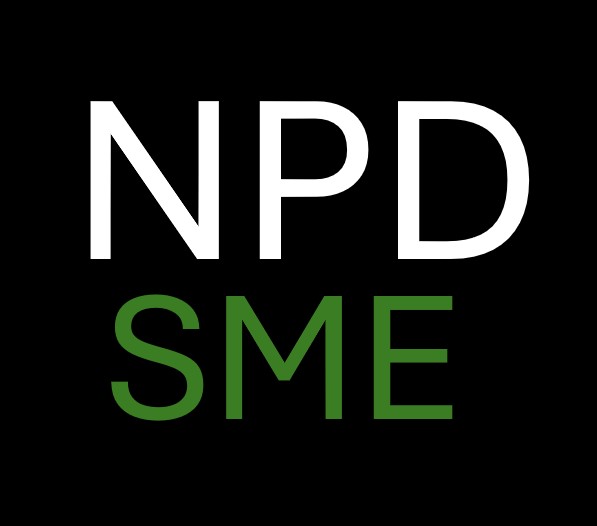1. Challenges in the Selection of New Product Development Models for SMEs
Dal Fabbro, P., Grigolato, L., Maltauro, M., Vargiu, E., Meneghello, R., Concheri, G., & Savio, G., Challenges in the Selection of New Product Development Models for SMEs, in Proceedings of the ADM 2024 Conference, Palermo, Italy (2025).
This paper focuses on the applicability of various new product development (NPD) models to small and medium-sized enterprises (SMEs) and the challenges they face, including limited resources, informal innovation systems, and difficulty obtaining external feedback. Traditional NPD models offer structure but may be too rigid for SMEs, while Agile methodologies provide flexibility but can be challenging to implement outside the software industry. Hybrid models, blending traditional and Agile approaches, offer a good compromise. Through comparative analysis, the study evaluates the strengths and weaknesses of different NPD models in the SME context. By utilizing modern technologies like additive manufacturing and artificial intelligence, the NPD process can be accelerated, aligning with Agile principles to provide faster feedback and enhance overall efficiency. In conclusion, SMEs are encouraged to consider hybrid solutions to innovate and compete effectively. Future research should address specific challenges in different industry sectors and focus on scalability.
2. Designing Circular Supply Chains: A Requirements-Driven and CE-Centred System Design Methodology
The Circular Economy (CE) model aims to eliminate waste by coordinating collaborative stakeholder efforts throughout the life cycle to keep resources in circulation at the highest level and regenerate ecological systems. The shift towards circular resource flows contrasts to the linear consumption model, which has resulted in the depletion of resources and accumulation of waste. Circular resource flows are increasingly being deployed through interventions such as shifting to renewable or secondary raw materials and adding reverse logistic operationsto traditional supply chains. These interventions create a circular supply chain (CSC) as they enhance resource efficiency and yield value for stakeholders through reduced material losses and energy conservation. However, currently supply chain interventions are often introduced without a holistic plan to create circular value and departing from existing resource and system configurations that are challenging to change. In addition, circular resource flows are often designed by few stakeholders, despite being increasingly acknowledged that collaboration and cooperation between all stakeholders are necessary and critical to achieve a CSC. Existing tools to facilitate the design of CSCs are inadequate as they do not support holistic design, following the three dimensions of sustainability. A gap exists in the literature with respect to tools to design CSCs from system requirements and provide tangible information on resource flows for easy system definition and performance measurement. Among others, tools are needed that can support CSC design in the early stages of the development process when alternative system configurations are likely to emerge and stakeholders must promptly define, test, verify and validate them. The aim of this paper is to propose a system design methodology for the concurrent design of a CSC and its resources, whilst allowing for stakeholder collaboration. The final methodology involves a comprehensive representation of resource flows to facilitate system design and assessment, establish performance of alternative system configurations and inform decision-making. Further, when the system performance is determined, the methodology has to enable verification of the system requirements and validation to check if stakeholders intent is met, providing a robust and practical approach to system design and resource management in alignment with CE principles.

